You should start your motorcycle in winter to keep it running smoothly. Regular starting prevents engine issues caused by prolonged inactivity.
Motorcycles often sit unused during the chilly winter months, which can lead to a range of maintenance issues. Regularly starting your bike during this period is essential for maintaining battery charge and ensuring that engine fluids circulate, which can prevent seizing and other cold-related complications.
In addition, this practice allows you to identify any potential problems before they become significant issues, saving time and money on repairs. It’s like a quick health check for your motorcycle, ensuring it stays in peak condition even when the temperatures drop.
Remember, while starting your motorcycle is beneficial, proper storage and consistent care throughout the winter are equally important for a trouble-free riding season come spring.
Table of Contents
The Winter Dilema
It often leaves riders puzzled. Bikes and chilly weather don’t typically mix. Yet letting your motorcycle sit untouched for months isn’t ideal either. Let’s rev up some knowledge to clear the frost off this subject.
Motorcycles And Cold Weather
Winter introduces unique challenges for motorcycles and their riders:
- Battery drain – Cold saps battery life.
- Oil viscosity – Oil thickens, making engines work harder to start.
- Tire pressure – Drops in temperature also mean drops in tire pressure.
Tip: Keeping your motorcycle in a warmer environment helps alleviate these issues.
Risks Of Letting Your Bike Hibernate
Going into motorcycle hibernation mode without preparation may lead to:
| Danger | Why Worry? |
|---|---|
| Engine Seizure | Stagnant fluids can cause engine parts to stick. |
| Corrosion | Moisture buildup can rust your motorcycle from the inside out. |
| Fuel Degradation | Old fuel can gum up the system, hurting the engine. |
Regular checks and brief rides can prevent such damage.
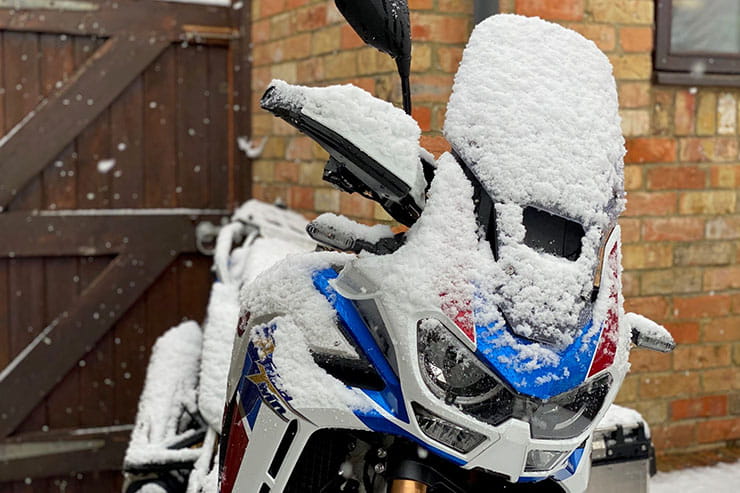
Credit: www.bennetts.co.uk
Prepping Your Bike For The Cold
Getting your motorcycle ready for winter is not just about keeping it safe. It’s also about making sure it’s ready to ride once the cold weather fades. From battery care to overall maintenance, prepping your bike for the chill can save you time and money. Let’s dive into the essentials of winterizing your motorcycle and maintaining your battery.
Winterizing Your Motorcycle
Winterizing is the key to protecting your bike from the harsh elements. Follow these steps to ensure your motorcycle stays in top shape:
- Clean your bike thoroughly to prevent rust and corrosion.
- Apply a coat of wax for extra protection.
- Change engine oil and filters to remove contaminants.
- Top off or replace fluids and antifreeze to defend against freezing temperatures.
- Inspect tires for cracks and consider lifting your bike to avoid flat spots.
- Use a breathable cover to shield it from dust and moisture.
The Importance Of Battery Maintenance
Your motorcycle’s battery is pivotal during the cold. A neglected battery can mean no start come spring. Practice these battery maintenance tips:
- Keep your battery charged to an optimal level.
- Use a trickle charger to maintain charge without overcharging.
- Clean terminal connections to ensure a good connection.
- Store the battery in a cool, dry place if removed from the bike.
The Cold Start Debate
As the mercury dips, motorcycle enthusiasts often wrestle with a crucial question: Should you start your motorcycle in winter? With engines sitting in the cold, the Cold Start Debate heats up, stirring discussions in garages and forums alike. This debate pivots around the health of your motorcycle and the implications of cold weather on its performance.
Arguments For Regular Starting
- Prevents Fluids from Settling: Regular starts keep oil and other fluids circulating, avoiding sediment settlement.
- Maintains Battery Health: Starting the engine charges the battery, keeping it from dying over time.
- Identifies Issues Early: Frequent check-ups can reveal potential problems before they escalate.
Potential Downsides To Winter Starts
- Cold Start Wear: Starting in cold temperatures can cause additional engine wear due to thickened oil.
- Condensation Risk: Warm engine parts can attract moisture, which may cause corrosion when cooling down.
- Unnecessary Stress: Repeated starting and idling without actual riding might put stress on the engine components.
Protective Measures For Winter Starts
Starting your motorcycle on a cold winter day requires some special care. Without the right preparations, low temperatures can strain your bike’s engine. Let’s explore key protective measures to ensure your motorcycle fires up and runs smoothly even on the coldest days. Proper care can save you both time and maintenance costs in the long run.
Optimizing Oil Viscosity
Oil thickens in cold weather. Thick oil doesn’t flow well. Your engine needs thin oil for a smooth start. Use winter-grade oil for better performance. This oil stays less viscous in cold temperatures. It helps your motorcycle start easily.
- Check your owner’s manual for the right oil type.
- Switch to oil with a lower viscosity if recommended.
- Always use quality oils designed for winter use.
Ensuring Proper Engine Lubrication
Good lubrication is essential for a healthy engine. Proper engine lubrication reduces wear. It also prevents engine part damage. Cold starts are tough on engines. Ensure your bike’s engine is well-lubricated before you start it.
| Step | Action | Benefit |
|---|---|---|
| 1. | Warm up your bike’s engine. | Enhances oil flow. |
| 2. | Check oil levels. | Ensures adequate lubrication. |
| 3. | Use a suitable engine oil. | Provides better engine protection. |
Remember to warm up your engine regularly. Do not rev the engine hard during the warm-up phase. Treat it gently until the temperature rises. This practice extends the life of your motorcycle’s engine.
Alternatives To Starting
It’s winter, and you’re tempted to start your motorcycle to keep it running smoothly. But did you know there are smart options besides running the engine in the cold? Let’s explore these alternatives and keep your motorcycle in top condition.
Using A Motorcycle Tender
A motorcycle tender, or battery maintainer, keeps your battery charged. This device is essential for long winter months. Here’s how it works:
- It delivers a small, steady charge to your battery.
- This prevents the battery from losing power.
- No need to start your bike in the cold weather.
Using a tender saves your battery’s life and spares you from jump-starting later. It’s a simple, efficient alternative.
Physical Maintenance Without Starting
Maintenance keeps your motorcycle healthy, even without starting the engine. Here’s what you can do:
- Apply a protective spray to prevent rust.
- Lubricate the chain to fight off moisture and rust.
- Cover your motorcycle to shield it from the elements.
- Change the oil to prevent corrosion inside the engine.
These simple steps maintain your bike’s condition without exposing it to the winter chill. They save you time and hassle when the riding season returns.
Also Read: Emergency tool for motorcycle.
Riding In Winter
Riding a motorcycle in winter poses unique challenges. Cold temperatures, icy roads, and unpredictable weather can turn an enjoyable ride into a hazardous journey. But with the right preparation and approach, bikers can enjoy riding year-round. Below, find crucial safety tips for winter riding and advice on adjusting your riding style to cope with the cold.
Safety Tips For Winter Riding
- Inspect your motorcycle before each ride. Look for any ice buildup or mechanical issues.
- Wear layers of thermal clothing. Keep your core temperature warm to maintain alertness and comfort.
- Equip gloves and boots that offer insulation yet allow control of the bike.
- Use anti-fog visors or goggles to maintain clear vision.
- Apply tire warmers or opt for winter tires to ensure better traction.
- Keep a toolkit and emergency supplies handy. A small shovel and salt can help in icy spots.
- Plan your route and check weather conditions before riding out.
Adjusting Riding Style To The Cold
Riding in the cold requires adaptation. Your motorcycle behaves differently when temperatures drop. Be mindful of these changes:
| Aspect | Adjustment |
|---|---|
| Speed | Reduce speed to accommodate longer stopping distances. |
| Braking | Apply brakes gently to avoid skidding on slick surfaces. |
| Cornering | Take turns wider and at a reduced speed to maintain stability. |
| Acceleration | Gradually increase throttle to prevent wheel slip. |
Monitor your body’s response to the cold. Shivering or numbness can impair bike control. Take frequent breaks to warm up and stay hydrated.
FAQ
Is It Safe To Start A Motorcycle In Cold Weather?
Starting a motorcycle in cold weather is generally safe. It’s crucial to let the engine warm up gradually. Modern motorcycles are equipped with electronic fuel injection, which aids cold starts. However, for older models, using a choke might be necessary to assist the startup.
Can Winter Storage Affect Motorcycle Starting?
Winter storage can affect motorcycle start-up, mainly if not winterized properly. Battery depletion and fuel system issues are common. A maintained battery and stabilized fuel are key to prevent such issues during prolonged storage periods for a reliable start-up after winter.
What Steps Should Be Taken Before Starting A Motorcycle In Winter?
Before starting a motorcycle in winter, check the battery charge and tire pressure. Use fresh fuel with a proper oil viscosity for low temperatures. Allow the bike to idle after starting to reach operating temperature without revving the engine immediately.
This ensures better performance and longevity.
How Does Cold Weather Impact Motorcycle Battery Life?
Cold weather can significantly impact motorcycle battery life. Lower temperatures reduce the battery’s ability to hold a charge and produce starting power. It’s advisable to keep the battery on a tender during winter months to maintain charge and extend battery life.
Bottom Line
Starting your motorcycle during winter can extend its life and ensure smooth operation. Embracing this practice, balanced with proper maintenance, keeps you ready for the first signs of spring. Don’t let the cold months idle your passion—prep your bike, and it will thank you with performance.
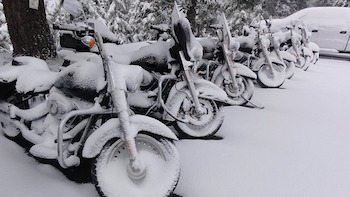
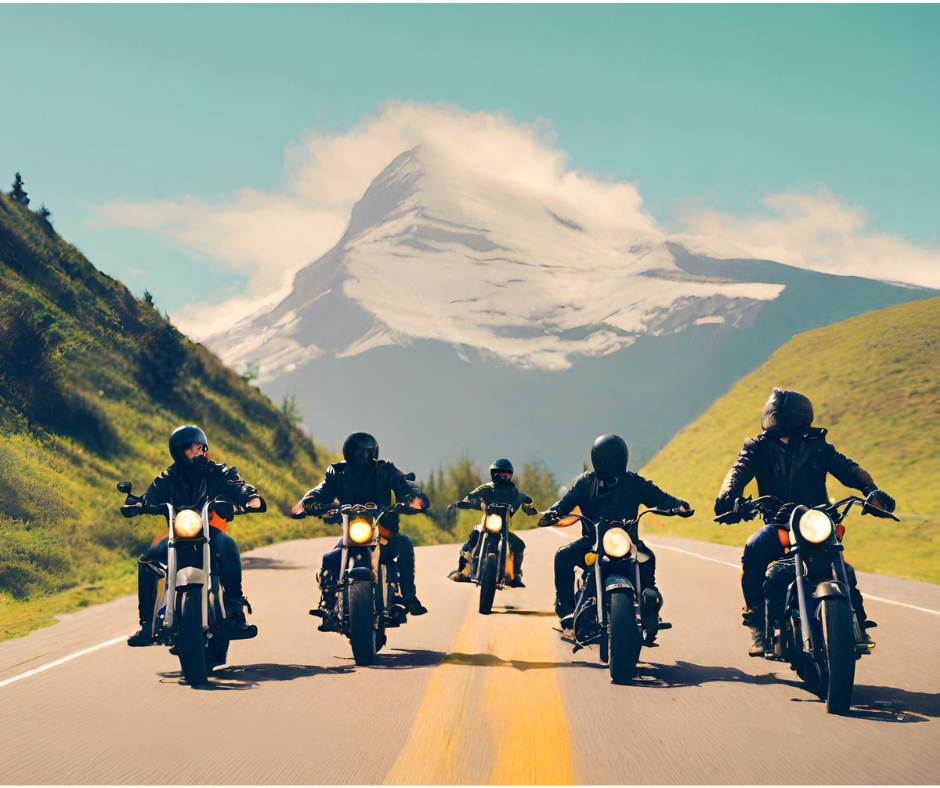
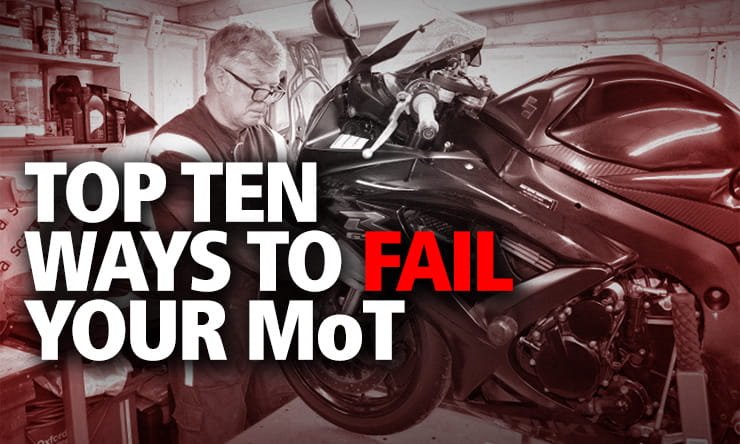
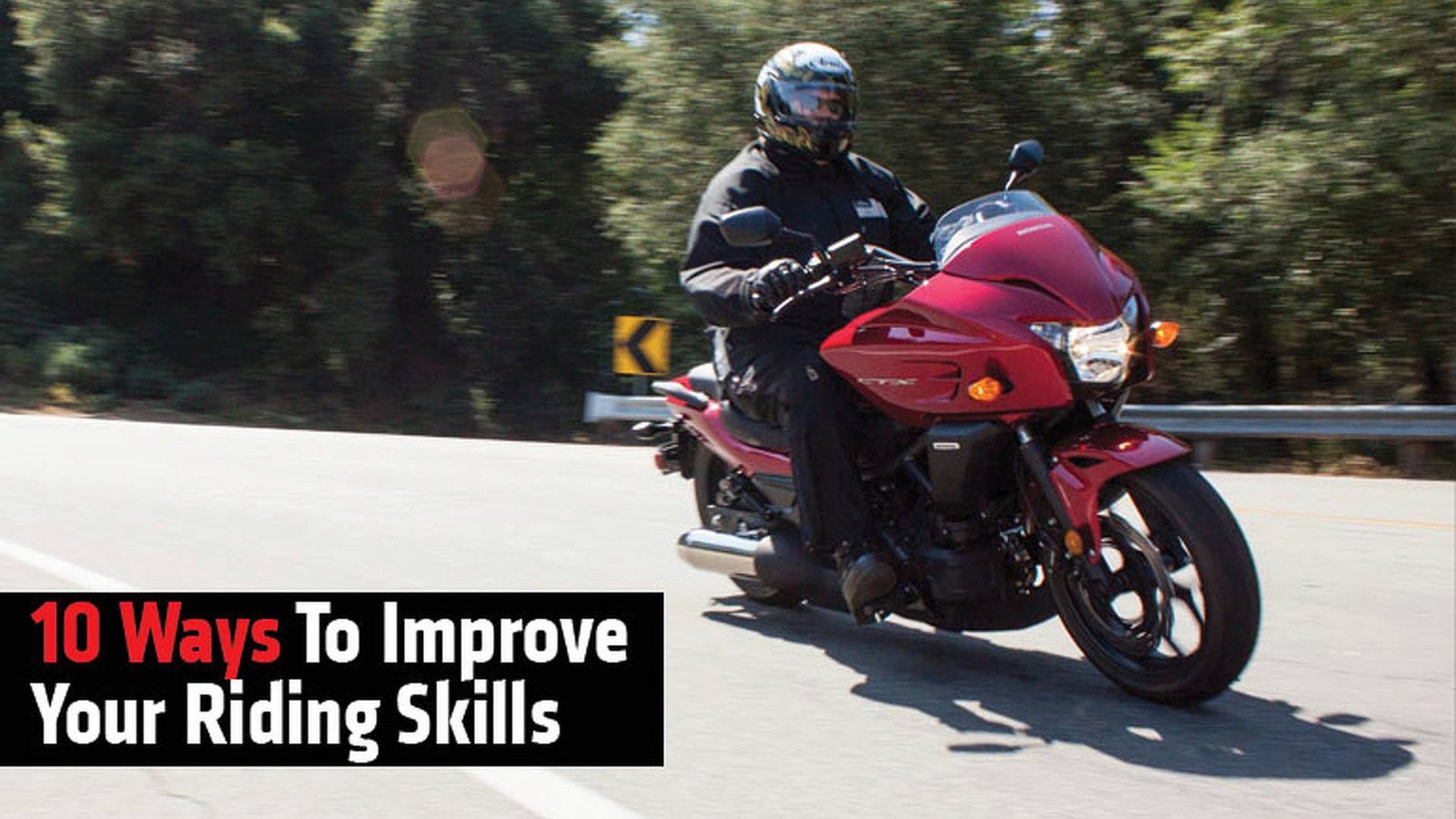
Leave a Reply